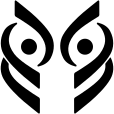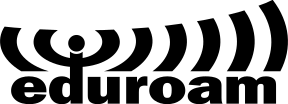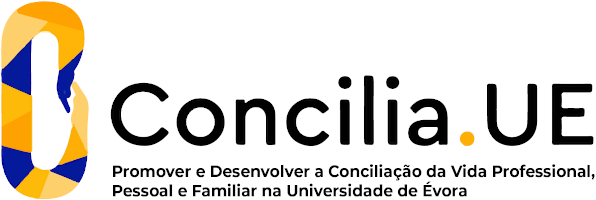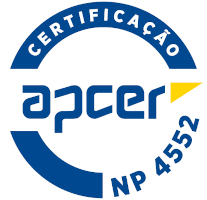2025
Plastic Arts I
Name: Plastic Arts I
Code: VIS12748L
6 ECTS
Duration: 15 weeks/156 hours
Scientific Area:
Artes Plásticas
Teaching languages: Portuguese
Languages of tutoring support: Portuguese, English
Regime de Frequência: Presencial
Sustainable Development Goals
Learning Goals
The general learning objectives promote the development of capacities for experimentation, representation,
analysis, synthesis and reflective and operative autonomy, through observation and interpretation of reality and
reference models.
The acquisition of knowledge, skills and competences progressively progress at a level of initiation and are
adjusted according to the process of artistic research and experimentation.
a. Ability to analyze images and be able to identify and know the meaning concepts addressed;
b. Know how to interpret and reinterpret references, processes and methods;
c. Formulate ideas in an articulated way;
d. Know how to distinguish the processes and methods explored;
e. Develop the operational and operating capacity of the different supports and instruments;
f. Develop capacity for analysis and synthesis;
g. To use properly the vocabulary of the plastic arts;
h. Create and articulate a language of its own;
l. Know how to argue and defend your work;
i. Stimulate reflexive, technical and creative autonomy.
analysis, synthesis and reflective and operative autonomy, through observation and interpretation of reality and
reference models.
The acquisition of knowledge, skills and competences progressively progress at a level of initiation and are
adjusted according to the process of artistic research and experimentation.
a. Ability to analyze images and be able to identify and know the meaning concepts addressed;
b. Know how to interpret and reinterpret references, processes and methods;
c. Formulate ideas in an articulated way;
d. Know how to distinguish the processes and methods explored;
e. Develop the operational and operating capacity of the different supports and instruments;
f. Develop capacity for analysis and synthesis;
g. To use properly the vocabulary of the plastic arts;
h. Create and articulate a language of its own;
l. Know how to argue and defend your work;
i. Stimulate reflexive, technical and creative autonomy.
Contents
The knowledge, skills and competences to be achieved are developed at a level of initiation and will reflect the
degree of learning, whose pedagogical strategy focuses on the areas of painting and sculpture.
The students will work on various materials and techniques to obtain objects of painting and sculpture, according
to the programmatic contents:
Introduction to techniques, supports, forms and contents, representation and abstraction, the material and
conceptual operational means, the role of painting and sculpture through the history of art.
Color; composition and pictorial and sculptural surfaces and characteristics of the space created by them); stain,
Grisaille; plots; brightness; negative space and positive space; full and empty; movement; volumetry and scenography
of representation; conceptual side effect of the use of paint on objects; form; concave / convex; contour;
strain / strain; proportion; parts / all; Weight; scale; stability; structure; function.
degree of learning, whose pedagogical strategy focuses on the areas of painting and sculpture.
The students will work on various materials and techniques to obtain objects of painting and sculpture, according
to the programmatic contents:
Introduction to techniques, supports, forms and contents, representation and abstraction, the material and
conceptual operational means, the role of painting and sculpture through the history of art.
Color; composition and pictorial and sculptural surfaces and characteristics of the space created by them); stain,
Grisaille; plots; brightness; negative space and positive space; full and empty; movement; volumetry and scenography
of representation; conceptual side effect of the use of paint on objects; form; concave / convex; contour;
strain / strain; proportion; parts / all; Weight; scale; stability; structure; function.
Teaching Methods
Exercises, theoretical presentations of the contents and study visits. The evaluation is continuous taking into account: attendance; commitment; creativity; evolution, and; knowledge domain. There will be a continuous evaluation and a final assessment graded by a jury composed of the subject teacher and teachers of the course.
In the NORMAL SEASON assessment students can opt for the Continuous Evaluation or Final Evaluation schemes. The RECOURSE, SPECIAL and EXTRAORDINARY seasons are governed by the Final Evaluation scheme.
1. CONTINUOUS EVALUATION:
a) Participation in classes: 20%;
b) Work done in the classes with the teacher follow-up and submitted at least to a periodic evaluation: 40 %;
c) Presentation and defense of the work done during classes: 40%.
Classification: sum of a), b) and c).
2. FINAL EVALUATION:
a) Work done in the classes with the teacher follow-up: 40%;
b) Exam about the subject contents: 60%.
Grade: sum of a) and b)
In the NORMAL SEASON assessment students can opt for the Continuous Evaluation or Final Evaluation schemes. The RECOURSE, SPECIAL and EXTRAORDINARY seasons are governed by the Final Evaluation scheme.
1. CONTINUOUS EVALUATION:
a) Participation in classes: 20%;
b) Work done in the classes with the teacher follow-up and submitted at least to a periodic evaluation: 40 %;
c) Presentation and defense of the work done during classes: 40%.
Classification: sum of a), b) and c).
2. FINAL EVALUATION:
a) Work done in the classes with the teacher follow-up: 40%;
b) Exam about the subject contents: 60%.
Grade: sum of a) and b)





















